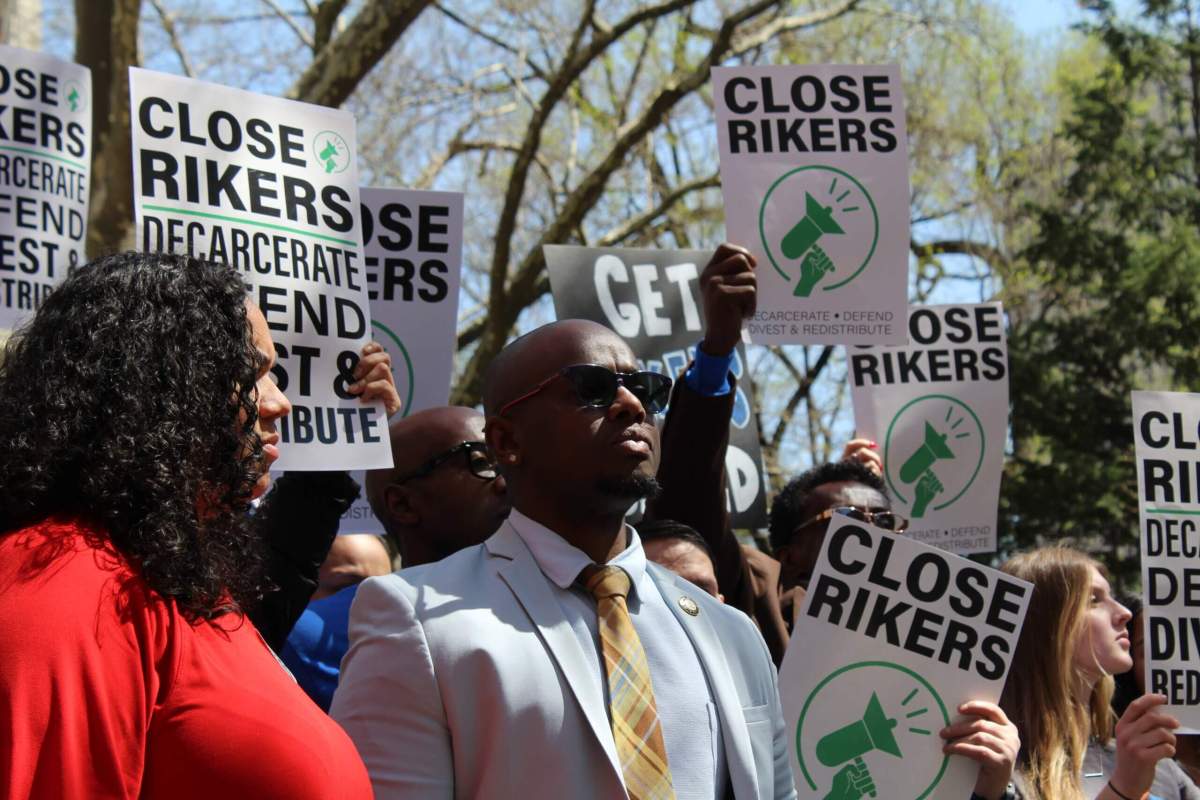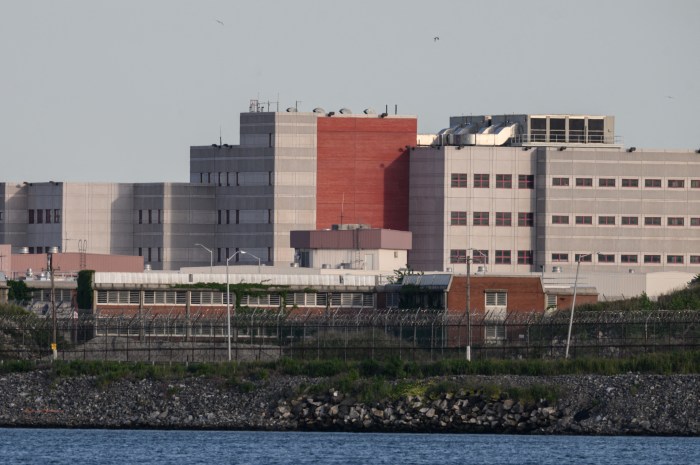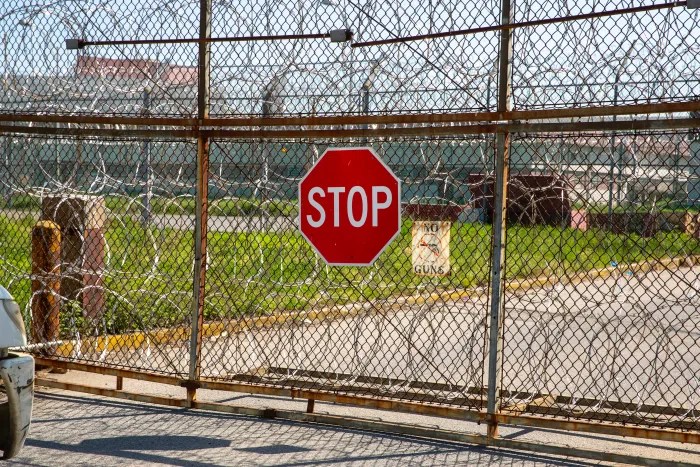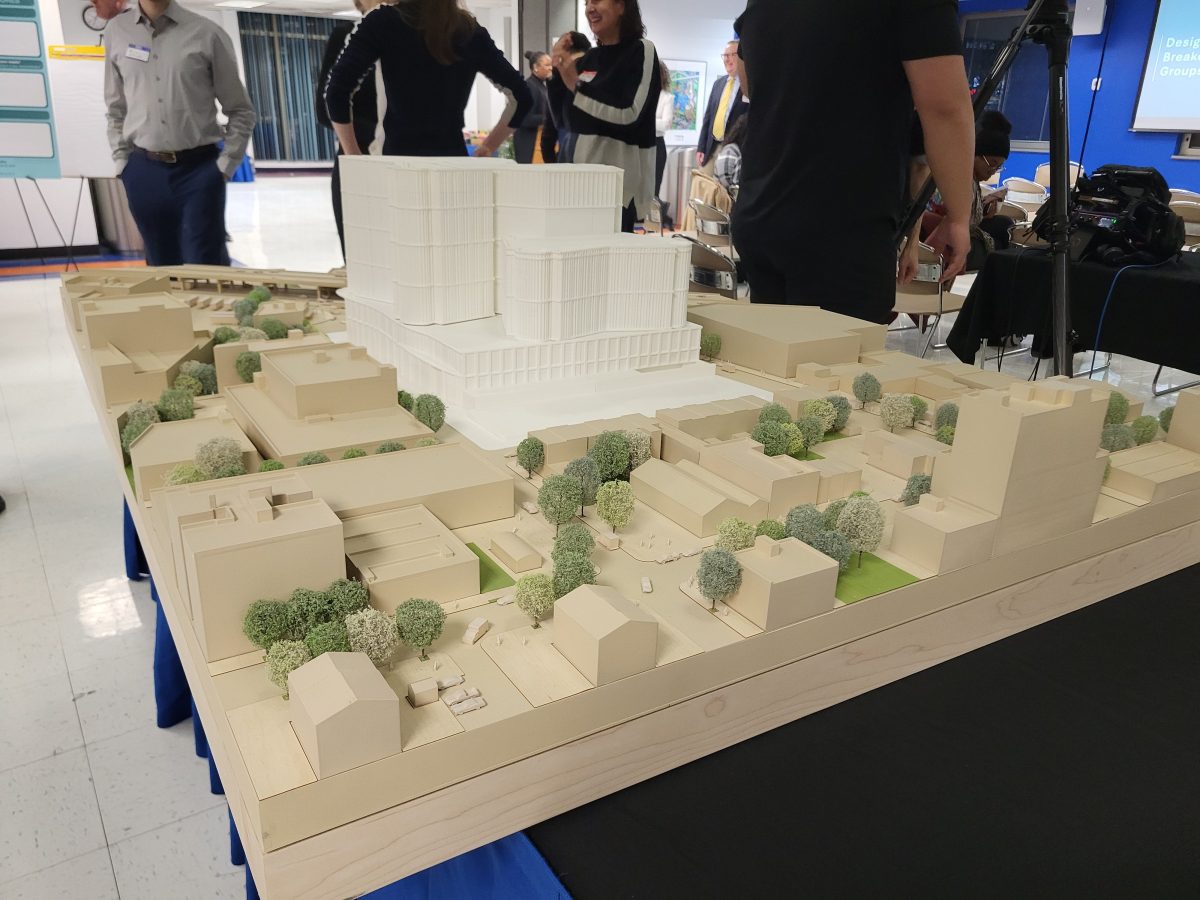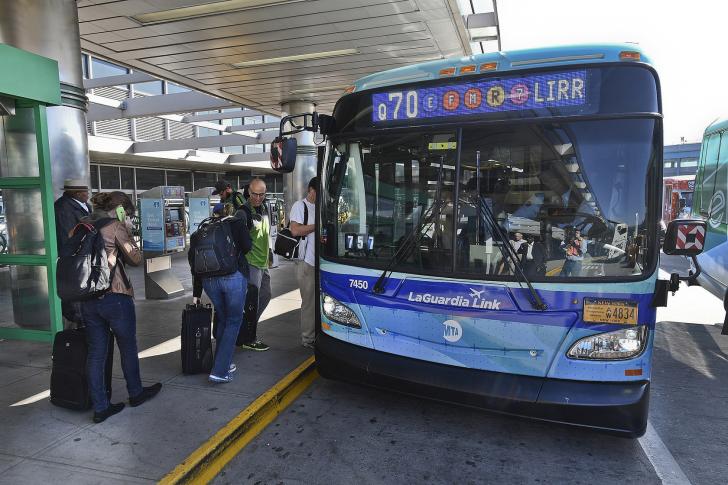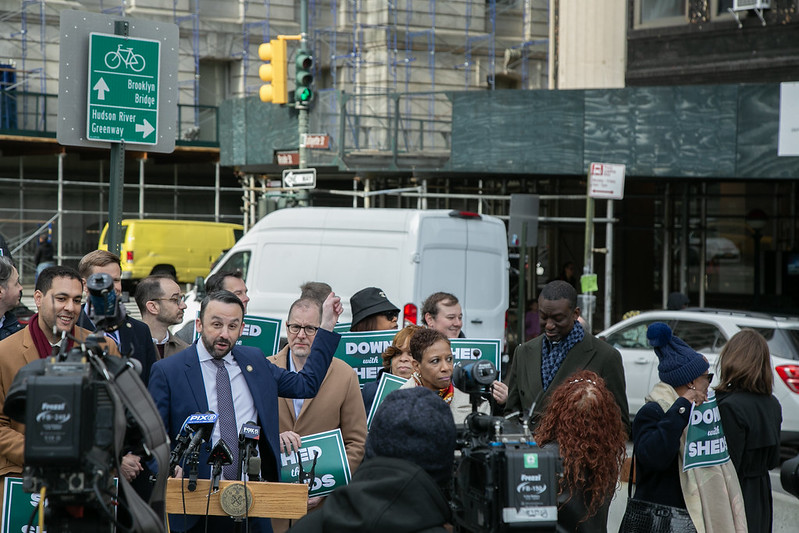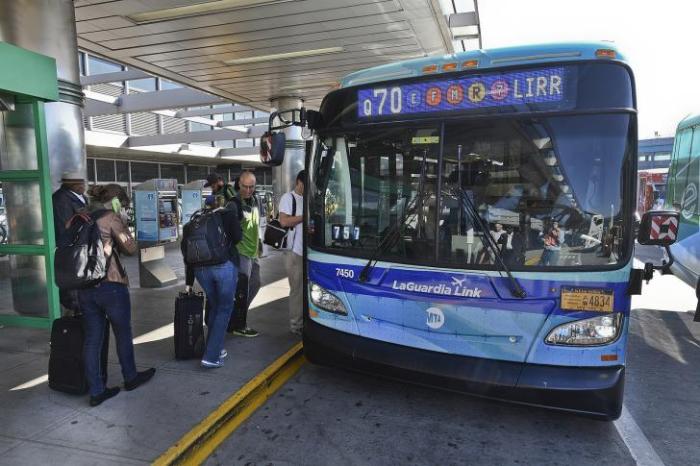City Council Speaker Adrienne Adams announced a major new step in the contentious effort to close Rikers Island — marking the latest development in the decades-old push to shutter the notorious jail complex.
As doubts and infighting run rampant among various stakeholders, Speaker Adams announced Friday the creation of the Independent Rikers Commission 2.0 to lay out an updated roadmap for closing the jail facility, which will help overcome the obstacles toward shuttering Rikers by the August 2027 deadline mandated by the first iteration of the commission.
The new committee will be chaired by former New York State Chief Judge Jonathan Lippman, who also chaired the 2017 commission created by then-Speaker Melissa Mark-Viverito, which led to the plan to close Rikers Island by 2027, while building four smaller jails across the city to replace it.
Those jails are to be located in four of the five boroughs (with the exception of Staten Island) and have the capacity to hold 4,200 detainees.
With the August 2027 deadline approaching, questions have loomed about the feasibility of the plan, and whether it should move forward — with Mayor Eric Adams being the most prominent official to question the wisdom of closing Rikers, calling it “a flawed plan from the beginning.”
Now, though, Speaker Adams, with the support of Mayor Adams, has announced the Lippman Commission 2.0 — designed to lay out a refreshed plan that takes into account circumstances that have changed since the original Lippman Commission.
Among issues that have arisen, which have complicated the closure of Rikers and proposed move to borough-based jails, is the ballooning number of people detained — with the four jails slated to house 4,200 beds, compared with the current jail population hovering over 6,000.
Locals have also shown resistance to the jails being built in their neighborhoods.
To deal with those issues, and several other complicating factors, the Lippman Commission 2.0 will work with various government agencies and stakeholders, while studying possible ways to reduce the incarcerated population.
“Rikers has to close as soon as possible. The jails there hurt public safety and endanger the lives of everyone inside their walls. They are a stain on the soul of our city,” said Lippman. “We have a generational opportunity to do far better, and the outlines of how to do so already exist. Steps like: safe, smart reductions in the jail population, focused on people with serious mental illness and actually giving people speedy trials; accelerated construction of borough-based jails and secure hospital beds; and a new vision for corrections.”
Lippman also noted the new challenges lying ahead for the commission, but said that he believed it was still both possible and necessary to close Rikers by the August 2027 deadline.
“At the same time, the goal of Commission 2.0 is to take a renewed and realistic look at current on-the-ground conditions and find a safe, clear path to swiftly close Rikers,” Lippman added. “Success will take every level of government and strong political will. But closing Rikers is urgent and essential for the well-being and long-term viability of our city. Together, we will make it happen!”
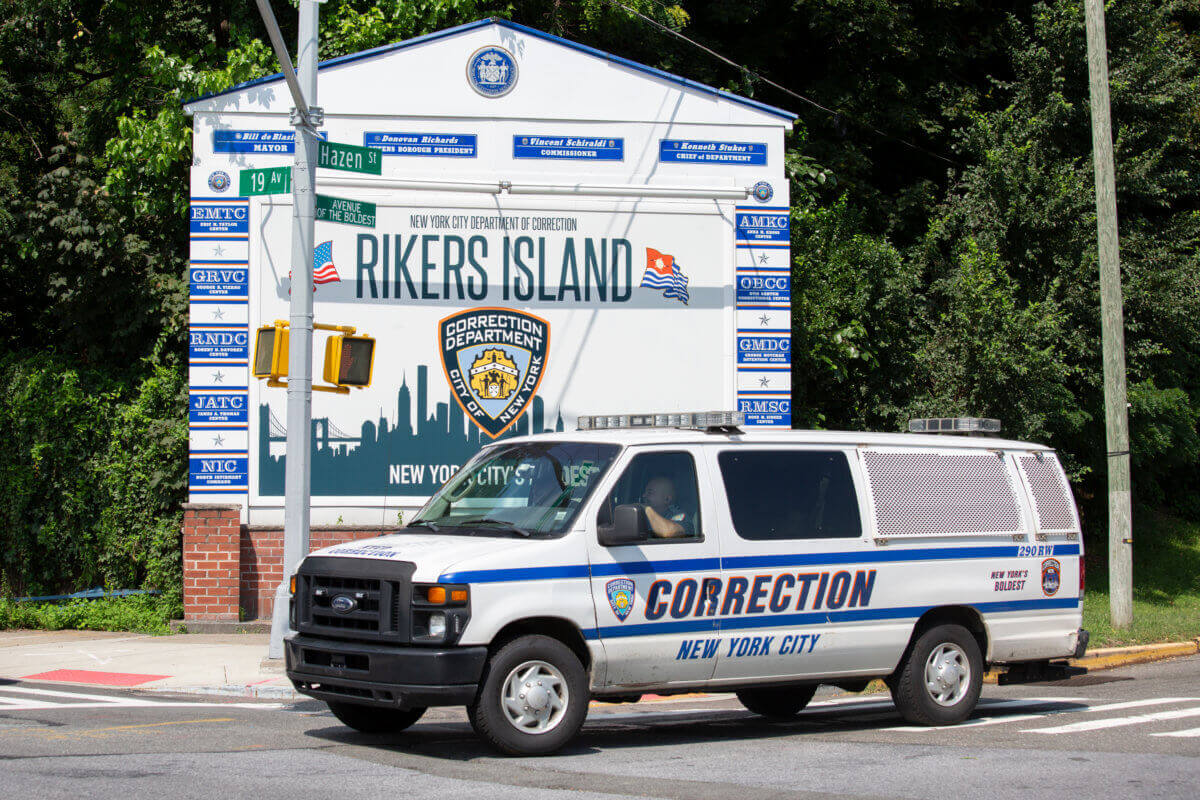
Among the specific things the new commission will need to take into consideration when studying the jail population is finding proper care for those with mental illnesses — as over 1,200 people at Rikers suffer from those issues, which has risen nearly 50% in the past 20 months, according to the commission.
They will also need work on methods for speeding up trials, which take longer in the Big Apple than anywhere else in the country — making the jail population artificially high.
On a practical level, the Lippman Commission 2.0 will also need to determine ways to speed up the construction of the four borough-based jails, as it is currently unlikely that they will be ready in time for the August 2027 deadline. Those jails need to open by the time Rikers is scheduled to close or else the city will face a logistical nightmare.
For his part, Mayor Eric Adams said he supports the idea of closing Rikers — but acknowledged the practical concerns still remaining.
“The COVID-19 pandemic had wide-ranging impacts on the criminal justice system and jail system in New York City — disrupting court operations, increasing the time to trial, and extending the length of stay for persons in custody — all of which has led to a substantial increase in the jail population on Rikers Island,” Hizzoner said in a statement. “The pandemic also caused significant issues and delays with the previous administration’s plans to issue requests for proposals and implement the design-phase of the borough-based jails plan, as well as brought construction projects to a halt while causing costs to skyrocket.”
Still, Mayor Adams committed to assisting in the process as the Lippman Commission 2.0 begins their work.
“Our administration’s commitment to the success of our jail system is unwavering, but we also have taken stock of the reality of how this once-in-a-generation pandemic impacted the original timeline for the implementation of the borough-based jail plan. The answer is not to ignore reality or compromise public safety, but to work together to find solutions,” he said. “The city fully supports the Commission’s work at this critical time, and we look forward to working with Speaker Adams and our colleagues on the City Council on this important mission.”
Read more: NYC Hate Crimes Rise Following Israel-Hamas Conflict Start



